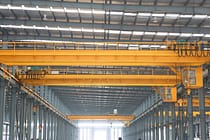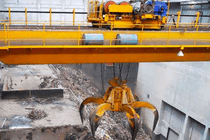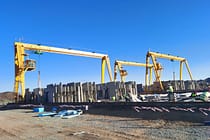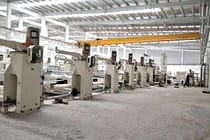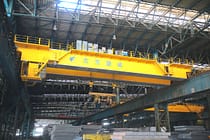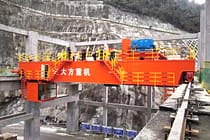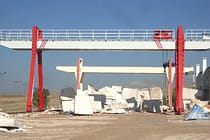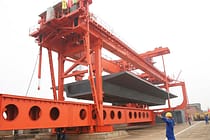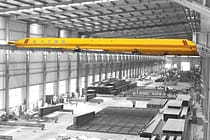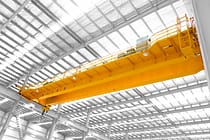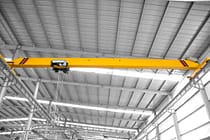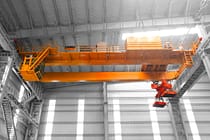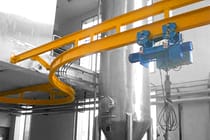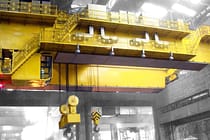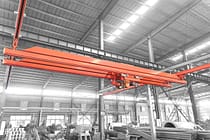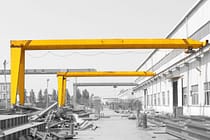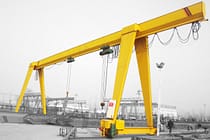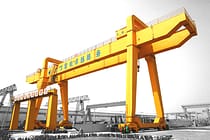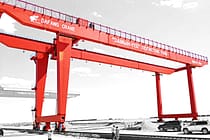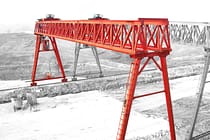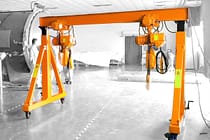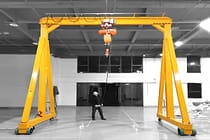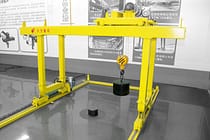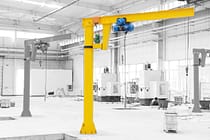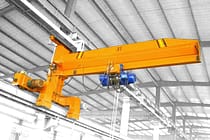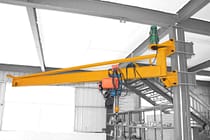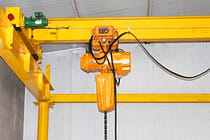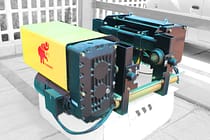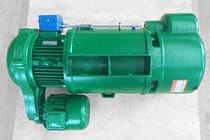What Is Overhead Travelling Crane and How Does It Work?
Overhead travelling cranes are essential machines used in construction, manufacturing, and other heavy-duty industries to lift and move heavy materials. These cranes are highly versatile and can be used in various settings to transport heavy loads across short or long distances. In this article, we will take a closer look at EOT cranes and how they work.
What Is an Overhead Travelling Crane?
An overhead crane, also known as a bridge crane, is a piece of industrial equipment that is used to move heavy loads horizontally and vertically within a facility. It consists of a bridge that spans the width of the facility and moves along rails, a hoist and trolley that run along the bridge, and end trucks that support the bridge and move it along the rails.
Types of Overhead Travelling Cranes
There are several types of overhead travelling cranes, each designed for specific purposes. Here are some of the most common types:
Single Girder Overhead Travelling Cranes
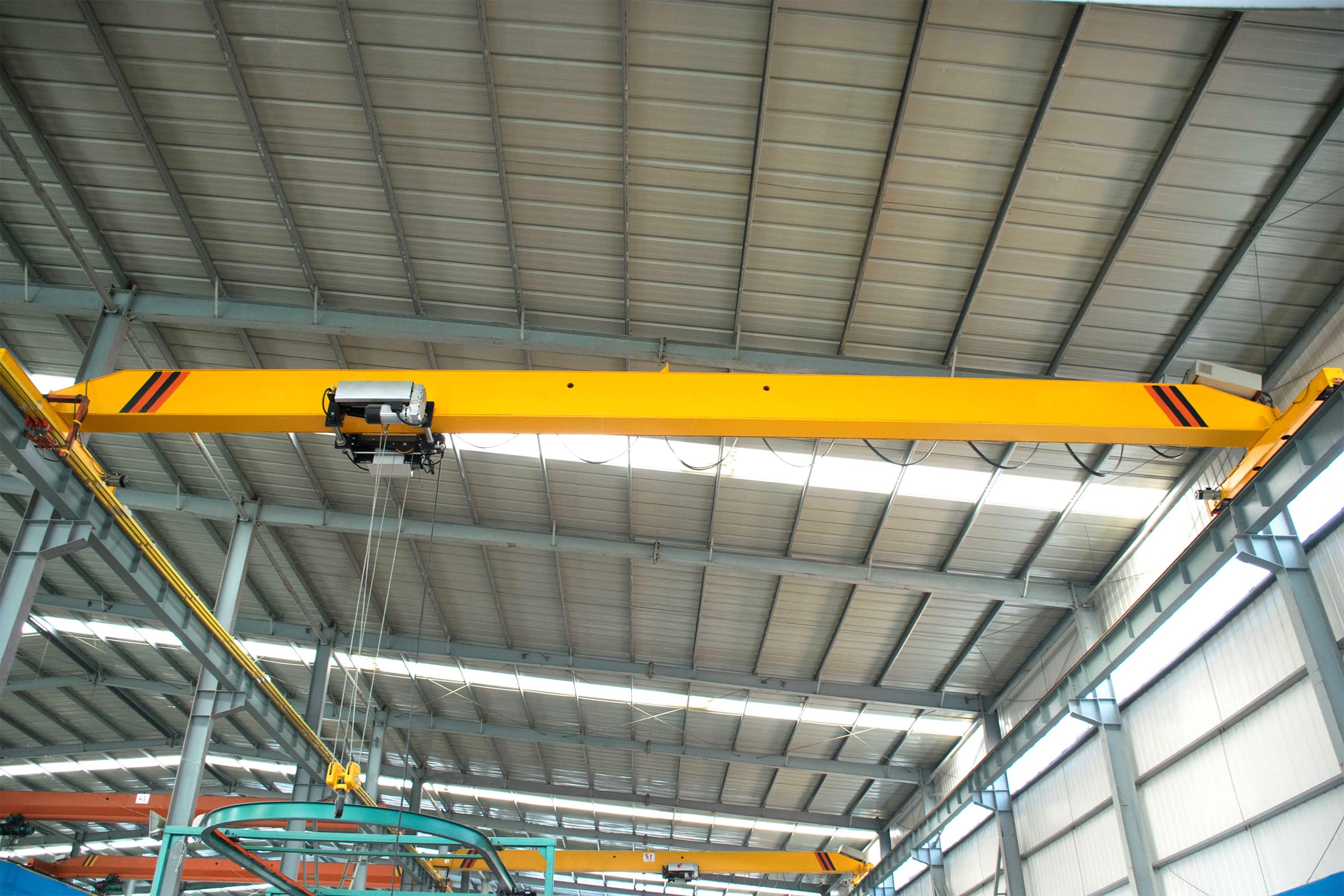
Single girder overhead travelling cranes are the most common type of overhead crane. As the name suggests, they have a single girder that runs the length of the crane and is supported by two end trucks. These cranes are typically used for light to medium-duty applications and have a lifting capacity of up to 20 tons. They are also relatively simple to install and maintain, making them a popular choice for many businesses.
Double Girder Overhead Travelling Cranes
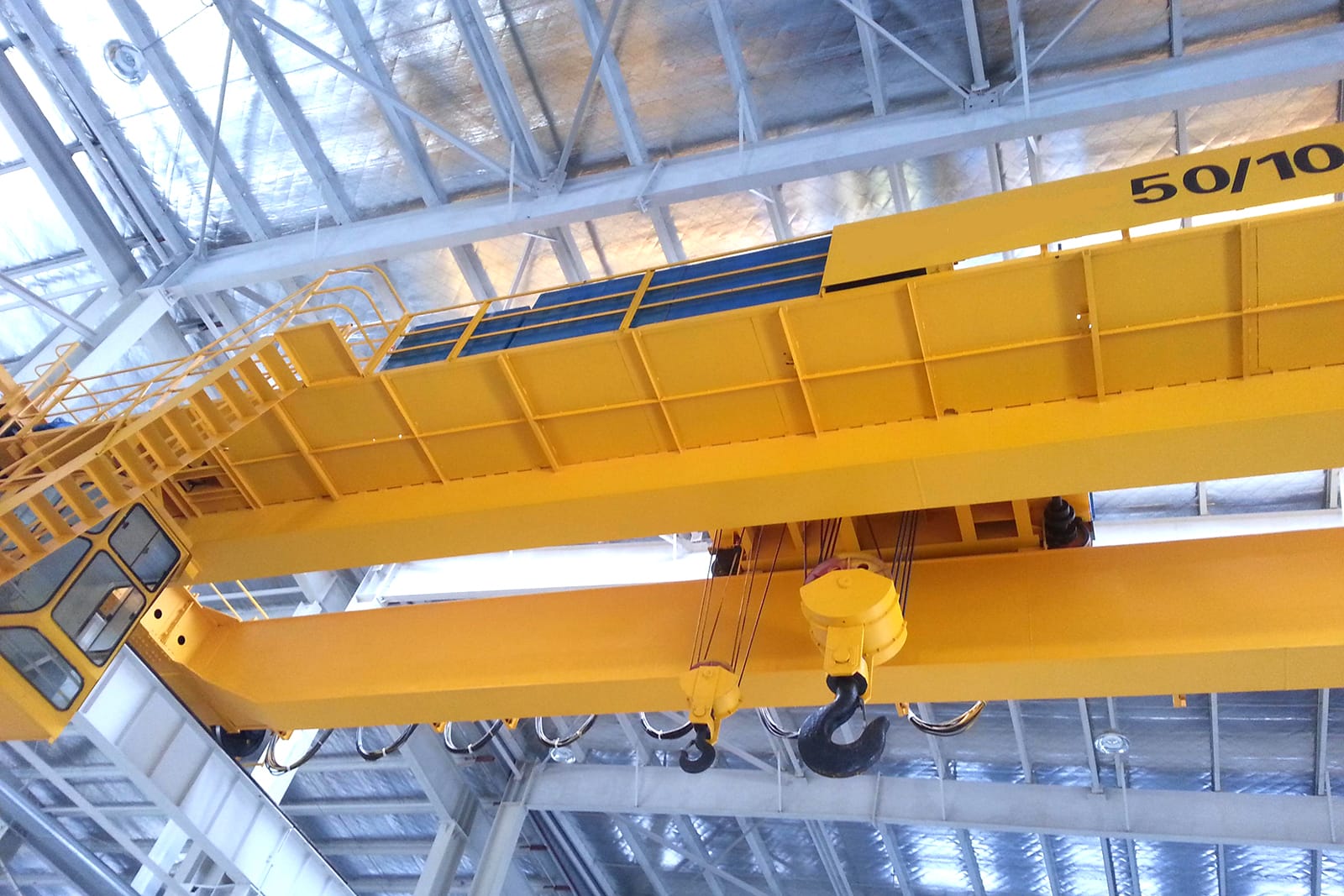
Double girder bridge cranes have two girders that run parallel to each other and are supported by two end trucks. These cranes are typically used for heavy-duty applications and have a lifting capacity of up to 500 tons. They offer greater stability and better control than single girder cranes, making them ideal for use in high-speed and high-precision applications.
Underslung Overhead Travelling Cranes
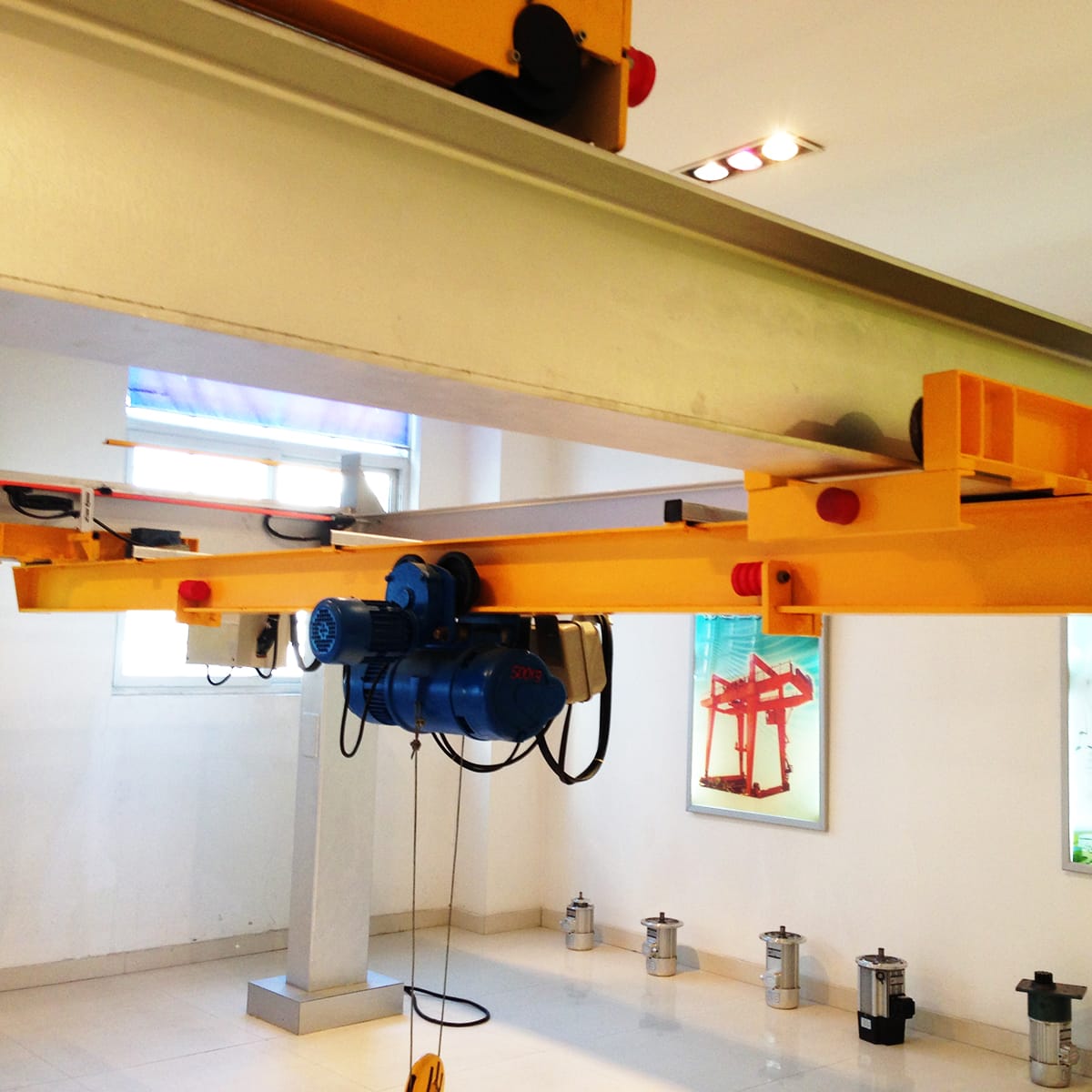
Underslung overhead travelling cranes are similar to single girder cranes, but they are mounted on the underside of a runway beam rather than on top. This makes them ideal for situations where headroom is limited or where the building structure cannot support a top-running crane. They are typically used in light to medium-duty applications and have a lifting capacity of up to 10 tons.
Grab Overhead Travelling Cranes
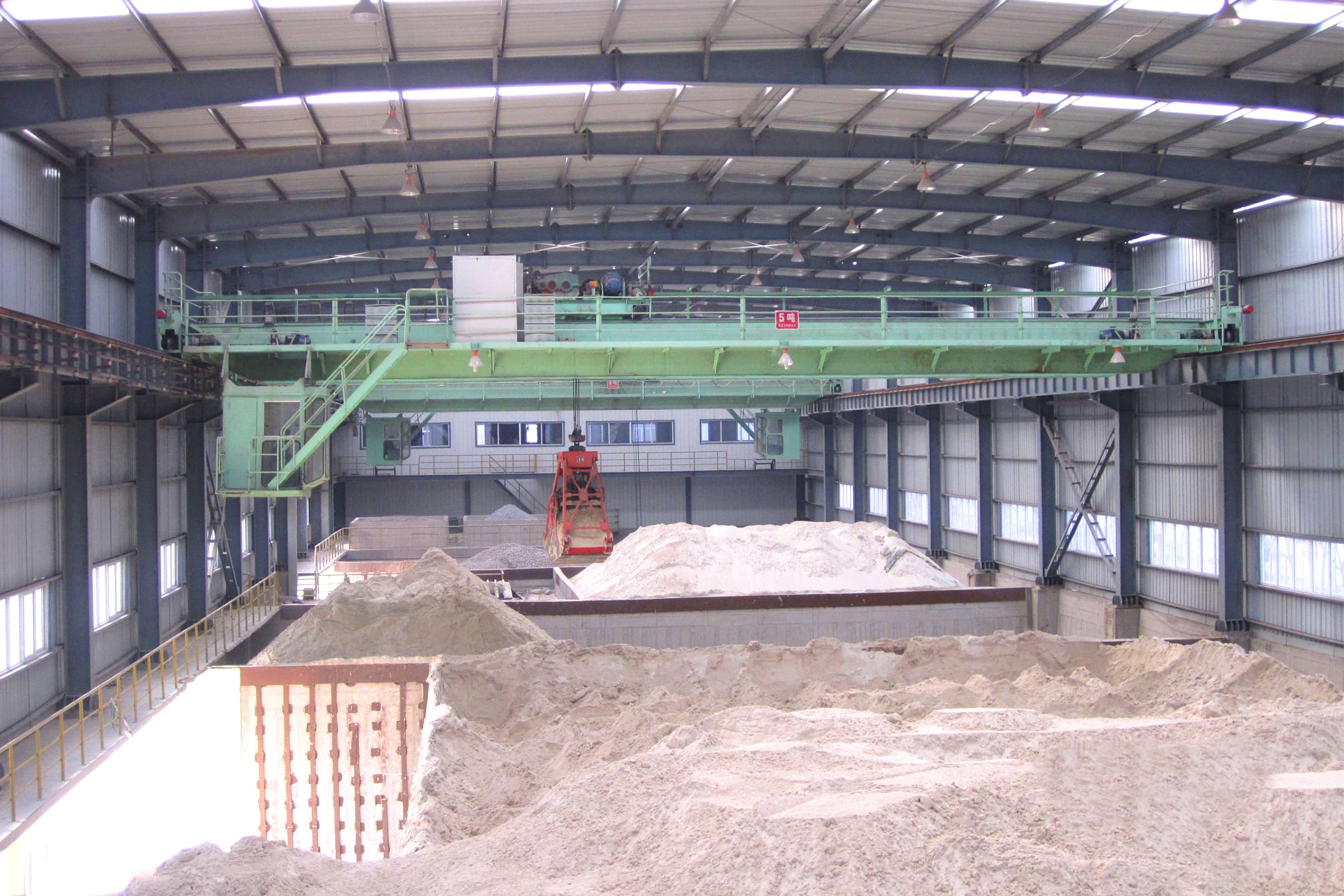
Grab overhead travelling cranes are designed for bulk material handling applications, such as loading and unloading cargo from ships or transporting materials in a factory. They feature a grab attachment that can be used to pick up and move large quantities of material at once. These cranes are typically used in heavy-duty applications and have a lifting capacity of up to 50 tons.
Explosion Proof Overhead Travelling Cranes
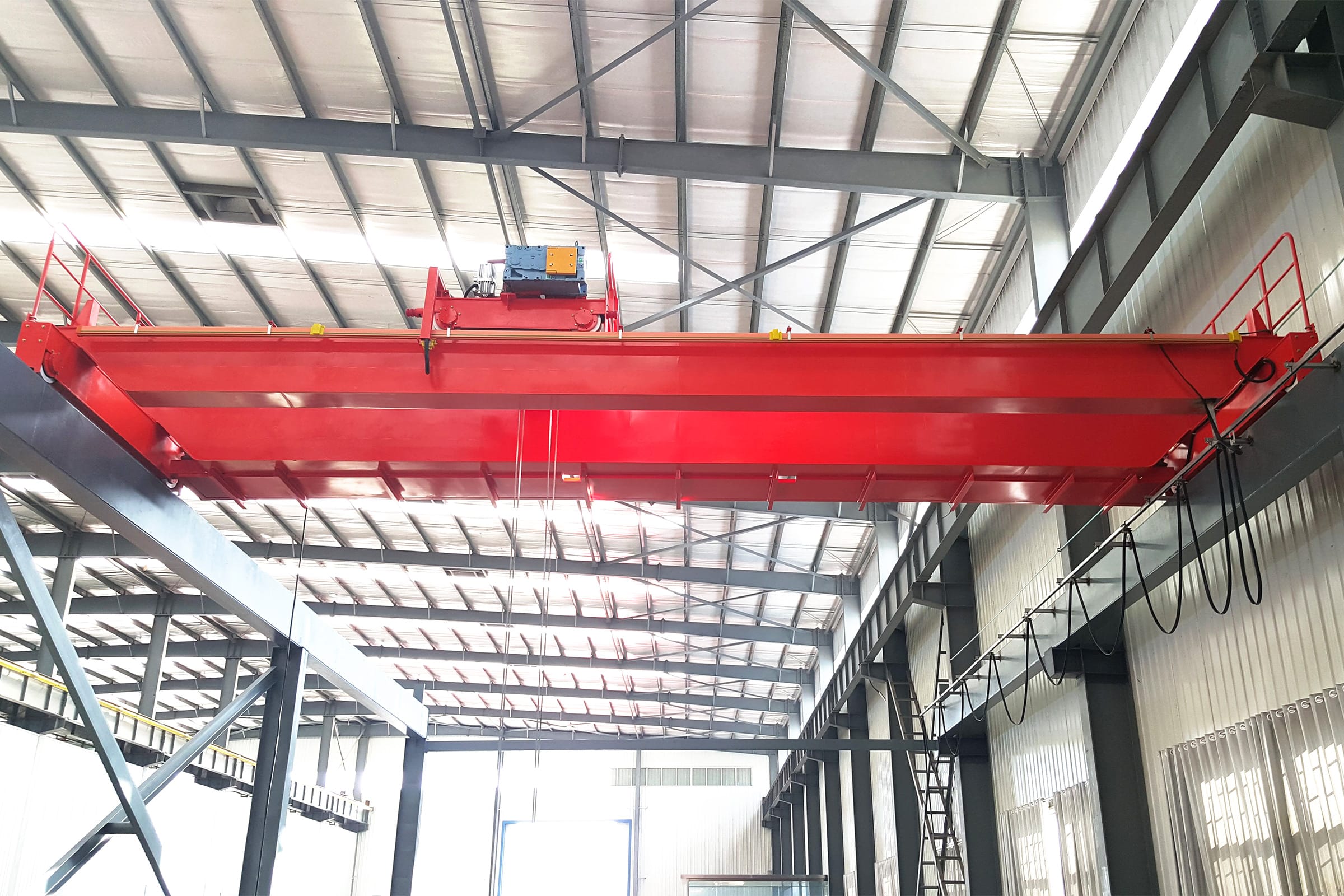
Explosion proof bridge cranes are designed for use in hazardous environments where there is a risk of explosion. They are typically used in industries such as oil and gas, chemical manufacturing, and mining. These cranes are designed to prevent the ignition of flammable gases or dust, and they are equipped with special features such as explosion-proof motors, wiring, and control systems.
How Does an Overhead Travelling Crane Work?
An overhead travelling crane operates on a simple principle: it lifts and moves heavy loads using a hoist that is attached to a trolley. The trolley moves along the bridge girder, allowing the crane to transport heavy loads across the entire span of the crane.
Components of an Overhead Travelling Crane
An overhead travelling crane is made up of several components that work together to lift and transport heavy loads. Here are some of the main components:
Bridge
The bridge is the horizontal beam that spans the gap between two parallel runways. The bridge is made up of two or more bridge girders that are supported by end trucks. The bridge moves along the runway on wheels or rollers.
Hoist
The hoist is the component that lifts and lowers the load. The hoist is attached to the trolley and can move vertically to lift the load. The hoist can be powered by electricity or manually operated.
Trolley
The trolley is the component that moves along the bridge girder. The trolley is equipped with wheels or rollers that move along the top flange of the bridge girder. The trolley is attached to the hoist and can move horizontally along the bridge girder to position the load.
How to Operate an Overhead Travelling Crane
To operate an overhead travelling crane, the operator must first inspect the crane for any defects or damage. The operator must also ensure that the load is properly secured and balanced before lifting it.
Once the crane is ready, the operator can use the controls to lift and transport the load. The operator must use caution and pay close attention to the load and the surroundings to ensure safe and efficient operation of the crane.
Bridge cranes are vital machines in heavy-duty industries for lifting and transporting heavy loads across short or long distances. They are versatile and can be customized for specific purposes. An EOT cranes operates on a simple principle, using a hoist attached to a trolley to lift and move heavy loads along a bridge girder. Understanding the different components of an overhead travelling crane and how to operate it safely and efficiently is crucial for any operator or user.
If you have any questions regarding overhead travelling cranes, here are some frequently asked questions:
FAQs
What is the maximum weight that an overhead travelling crane can lift?
The maximum weight that an overhead travelling crane can lift depends on the crane’s capacity and specifications. Typically, EOT cranes can lift loads ranging from a few hundred pounds to several tons.
What are the safety considerations when operating an overhead travelling crane?
Safety is critical when operating an overhead travelling crane. Operators must ensure that the load is properly secured and balanced, inspect the crane for any damage or defects, and follow all safety procedures and guidelines.
How long does it take to install an overhead travelling crane?
The installation time for an overhead travelling crane depends on various factors, such as the crane’s size and complexity, the installation location, and the availability of resources. Typically, the installation process can take several days to a few weeks.
What maintenance is required for an overhead travelling crane?
Regular maintenance is essential to ensure the safe and efficient operation of an overhead travelling crane. Maintenance tasks include inspecting the crane for any damage or defects, lubricating moving parts, and replacing worn or damaged components.
What are some common industries that use overhead travelling cranes?
Industries such as manufacturing, construction, mining, and logistics commonly use overhead travelling crane.
Send Your Inquiry
- Email: sales@hndfcrane.com
- WhatsApp: +86-191 3738 6654
- Tel: +86-373-581 8299
- Fax: +86-373-215 7000
- Add: Changnao Industrial District, Xinxiang City, Henan Province, China
